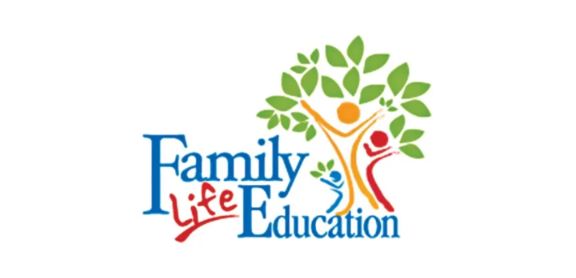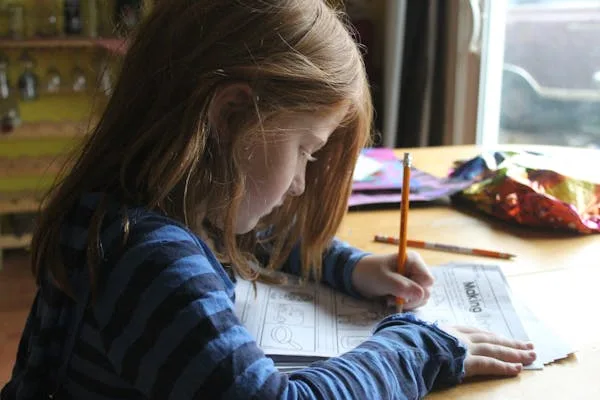Drug Education for Primary 5
Drug Education for Primary 5
Introduction
Drug education is a crucial aspect of childhood education that ensures children understand the dangers of drug use and abuse. Starting this education in Primary 5 is particularly important because it coincides with an age where children are becoming more aware of the world around them and are more likely to encounter situations involving peer pressure.

Understanding Drugs
What Are Drugs?
Drugs are substances that can alter the way our bodies and minds work. They can be helpful, like medicine prescribed by doctors, or harmful, like illegal substances that can damage health and well-being.
Types of Drugs
There are many different types of drugs, including:
- Medicinal Drugs: Used to treat illnesses and prescribed by doctors.
- Recreational Drugs: Used for enjoyment rather than medical reasons, often illegal.
- Performance-Enhancing Drugs: Sometimes used in sports to improve performance, often banned in competitive contexts.
Legal vs. Illegal Drugs
Legal drugs include prescription medications and over-the-counter medicines, while illegal drugs include substances like marijuana (in many places), cocaine, and heroin. It’s important to understand the legal implications and health risks associated with illegal drugs.
Why Drug Education Matters
Preventing Early Exposure
Introducing drug education early helps prevent children from experimenting with drugs out of curiosity or peer pressure. Early education equips them with the knowledge to make informed decisions.
Building Resilience and Knowledge
Education builds resilience by teaching children to resist peer pressure and make healthy choices. It also provides the knowledge needed to understand the consequences of drug use.
Components of Effective Drug Education
Age-Appropriate Information
Information should be tailored to the child’s age and understanding. For Primary 5, this means using simple language and clear concepts that are easy to grasp.
Engaging and Interactive Methods
Interactive methods like games, role-playing, and discussions keep children engaged and help them retain information better.
Involvement of Parents and Guardians
Parents and guardians play a crucial role by reinforcing lessons at home and maintaining open communication about drugs and their risks.
Developing a Drug Education Curriculum
Key Topics to Cover
A comprehensive curriculum should cover:
- The definition and types of drugs.
- The difference between legal and illegal drugs.
- The effects of drugs on the body and mind.
- How to say no to peer pressure.
Incorporating Stories and Real-Life Examples
Using stories and real-life examples makes the information relatable and memorable. Children can learn from the experiences of others in a safe and controlled environment.
Activities and Interactive Learning
Activities like group discussions, art projects, and interactive games make learning about drugs more engaging and effective.
Teaching Strategies
Using Visual Aids and Props
Visual aids like charts, videos, and models help children understand complex concepts and visualize the effects of drugs.
Role-Playing and Simulations
Role-playing scenarios teach children how to handle peer pressure and make good decisions in real-life situations.
Group Discussions and Peer Learning
Encouraging group discussions allows children to express their thoughts and learn from their peers, fostering a supportive learning environment.
The Role of Teachers
Training and Resources
Teachers need proper training and resources to effectively deliver drug education. This includes access to up-to-date information and teaching aids.
Creating a Safe and Open Environment
A safe and open environment encourages children to ask questions and share their concerns without fear of judgment or punishment.
The Role of Parents
Open Communication
Parents should maintain open lines of communication with their children, discussing the dangers of drugs and reinforcing what they learn at school.
Reinforcing Lessons at Home
Parents can reinforce lessons by setting a good example, monitoring their children’s activities, and having regular conversations about drug use and peer pressure.
Recognizing Signs of Drug Use
Physical and Behavioral Indicators
Signs of drug use can include changes in behavior, physical appearance, and social interactions. Recognizing these signs early can help in addressing the issue promptly.
Steps to Take if You Suspect Drug Use
If you suspect a child is using drugs, it’s important to approach the situation calmly and seek professional help. Early intervention can prevent further issues.
Building a Supportive Community
Collaboration with Local Organizations
Working with local organizations and healthcare providers can enhance the effectiveness of drug education programs by providing additional resources and support.
Encouraging Positive Peer Influence
Promoting positive peer influence helps children support each other in making healthy choices and resisting drugs.
Real-Life Success Stories
Schools with Successful Programs
Highlighting schools with successful drug education programs can serve as inspiration and provide a model for others to follow.
Impact on Students and Communities
Effective drug education has a lasting impact, reducing drug use and improving the overall well-being of students and their communities.
Challenges and Solutions
Common Obstacles in Drug Education
Challenges include lack of resources, insufficient training for teachers, and resistance from parents or the community.
Innovative Solutions to Overcome Challenges
Solutions include securing funding for resources, providing ongoing teacher training, and engaging the community through outreach programs.
Evaluating Drug Education Programs
Setting Goals and Objectives
Clear goals and objectives help measure the success of drug education programs and ensure they meet the needs of students.
Methods for Measuring Success
Methods include surveys, feedback from students and parents, and monitoring changes in behavior and knowledge over time.
Looking Ahead: Future of Drug Education
Trends and Innovations
Emerging trends in drug education include the use of technology, such as virtual reality simulations, to create immersive learning experiences.
Adapting to Changing Needs and Environment
Drug education must continually adapt to address new challenges, such as the rise of new substances and changing social attitudes towards drugs.
Conclusion
Drug education for Primary 5 is a vital part of preventing drug abuse and promoting healthy choices among young children. By starting early, using engaging methods, and involving the whole community, we can equip children with the knowledge and resilience they need to make safe decisions. The long-term benefits of effective drug education are profound, creating healthier individuals and communities.
FAQs
How do you talk to children about drugs?
Start by using age-appropriate language and being honest. Encourage questions and provide clear, straightforward answers. Use real-life examples and stories to make the conversation relatable.
What should be included in a drug education program?
A comprehensive program should include information on the types of drugs, their effects, the difference between legal and illegal drugs, and strategies for resisting peer pressure.
How can parents support drug education?
Parents can support by reinforcing lessons at home, maintaining open communication, setting a good example, and staying informed about the risks and signs of drug use.
What are some warning signs of drug use in children?
Warning signs include changes in behavior, mood swings, declining academic performance, secretive behavior, and physical changes such as bloodshot eyes or sudden weight loss.
How effective is drug education in schools?
Effective drug education can significantly reduce the likelihood of drug use by increasing awareness, providing coping strategies, and fostering a supportive environment. Programs that involve parents and use interactive methods are particularly successful.







One Comment